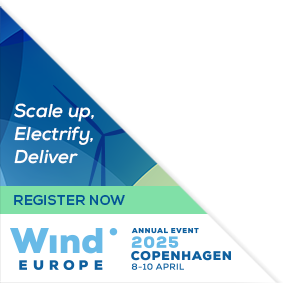Presentations
Siblings:
ProceedingsProgrammeSpeakersPostersContent PartnersPowering the FutureMarkets TheatreResearch & Innovation in actionStudent programmePresenters dashboard
Green House Gas (GHG) emissions of a Floating Offshore Wind Farm
Aaron Smith, Chief Commercial Officer, Principle Power
Session
Abstract
The present work aims to establish a project-specific lifecycle emissions base case for a floating offshore wind farm and estimate sensitivities to selected inputs to identify the major contributors to the GHG emissions. For floating offshore wind (FOW) to achieve commercial scale, the industry must consider how to minimize the environmental impact and maximize the benefit of projects to the environment. Among environmental impacts, global warming potential as a consequence of the emission of greenhouse gases (GHG), is currently the main focus of policy makers, developers, technology suppliers, and stakeholders across the industry. Building floating offshore wind farms involves processes that release GHGs, namely during fabrication, installation, transportation, operations and maintenance, decommissioning and end-of-life stages. For an accurate estimation of these emissions, it is important to perform detailed project and site-specific lifecycle analysis (LCA). A quantitative understanding of the drivers enables proactive evaluation of how to influence and minimize GHG emissions for current and future projects. The GHG emissions baseline value found was benchmarked against values for other energy sources that can be found in public literature. Finally, a roadmap towards a Net-Zero WindFloat® is presented, identifying the main drivers of GHG emissions.










